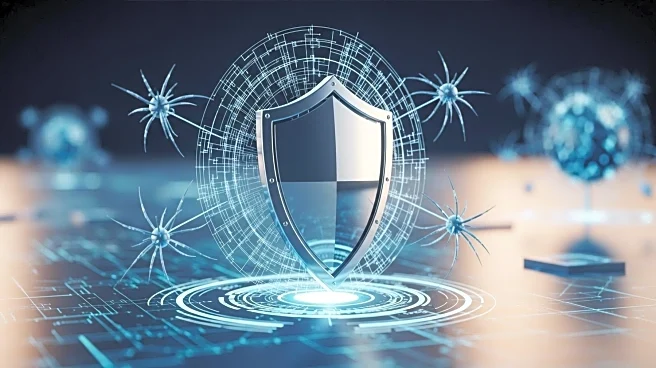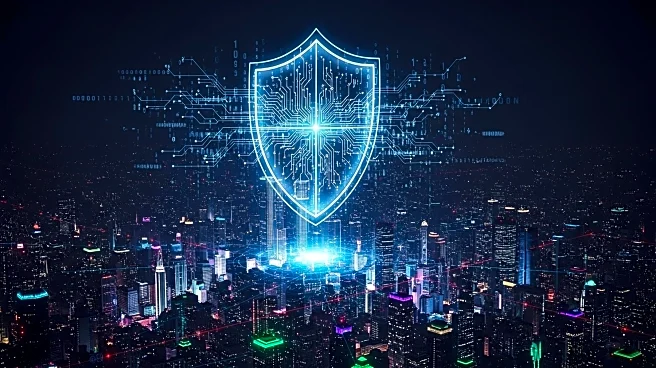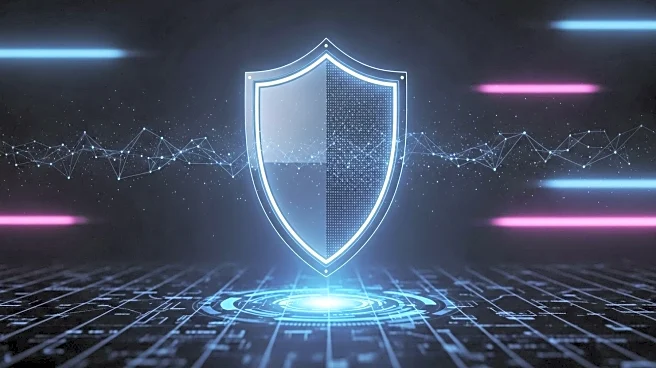What's Happening?
During the Gartner Security & Risk Management Summit 2025, experts highlighted the urgent need for organizations to update their defenses against the Scattered Spider hacking group. Known for targeting high-profile sectors such as retail, insurance, and transportation, the group employs sophisticated techniques including social engineering and ransomware deployment. Their tactics involve exploiting identity tools and bypassing multifactor authentication through 'push notification fatigue.' Despite recent law enforcement actions reducing their activity, similar tactics are being used by other cybercriminal groups, necessitating enhanced security measures.
Why It's Important?
The threat posed by Scattered Spider underscores the evolving nature of cybercrime, where attackers leverage advanced social engineering and identity exploitation to breach systems. Organizations across various industries must prioritize cybersecurity to protect sensitive data and maintain operational integrity. Failure to adapt to these threats could result in significant financial losses and reputational damage. The situation highlights the importance of robust identity protection, third-party risk management, and process updates to counteract sophisticated cyber tactics.
What's Next?
Organizations are advised to focus on identity-based protection, enhancing multifactor authentication methods, and improving detection and response capabilities. Strengthening third-party risk management is crucial, as attackers often target technology vendors to gain access. Collaboration with vendors and monitoring disclosed incidents are recommended strategies to stay ahead of potential threats. As cybercriminal groups continue to evolve, ongoing vigilance and adaptation of security protocols will be essential to safeguard against future attacks.
Beyond the Headlines
The ethical dimension of cybersecurity involves balancing privacy with protection, as increased security measures may impact user experience and data handling practices. The cultural shift towards heightened security awareness requires organizations to foster a proactive cybersecurity culture among employees, emphasizing the importance of vigilance and compliance.










